The Simpson Strong-Tie Mission is to “provide solutions that help people design and build safer, stronger structures.” Safety is an important part of the work we do and the products we provide.
In addition to supplying products that help make structures, and therefore people, safer, we also collaborate with outside groups that focus on educating the public about how to stay safe in the face of natural hazards.
Two groups that Simpson works with are the Federal Alliance for Safe Homes, FLASH, as a Legacy Partner, and the National Weather Service, as a Weather-Ready Nation Ambassador. Hurricane season began June 1, and these two groups have ramped up their education efforts aimed at promoting hurricane safety.
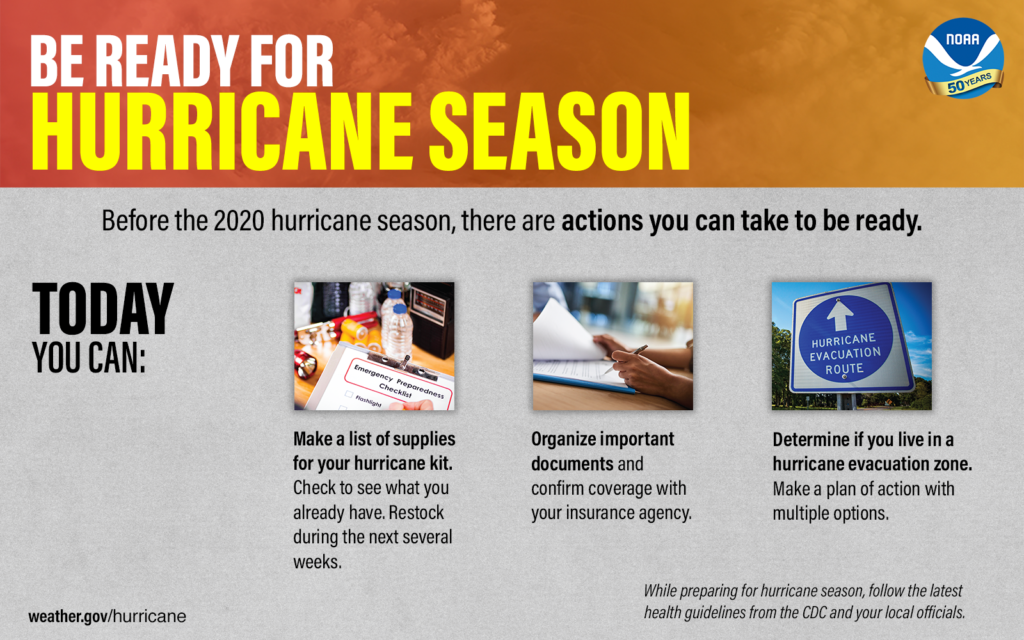
That seems particularly important this year, since, as of this writing, there have already been six named tropical storms this year, and the first named storm occurred in May before the start of hurricane season. Predictions from both the NOAA Climate Prediction Center and Colorado State University (CSU) have called for above-normal activity this year. In fact, the good folks at Colorado State recently updated their 2020 Atlantic Hurricane Season Prediction, changing their forecast from an “above-average” and “active” season to a “very active” season. The reason they expect a very active hurricane season is the absence of an El Nino and warmer-than- average sea-surface temperatures. If you’re interested in the full report, you can get it here. Here are the 2020 predictions for both CSU and NOAA compared to the yearly average.
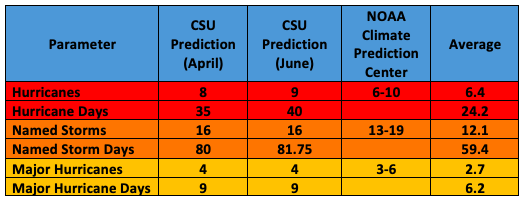
While Hurricane Preparedness Week typically falls during the first week of May, it’s never too late to start preparing for natural disasters. The ideas shown here were specifically developed to help you prepare for hurricanes, but they could easily be adapted for other natural hazards that might affect people in your location.
The National Weather Service organizes the preparedness work into seven daily tasks. They’re shown here with links to the Weather Service pages.
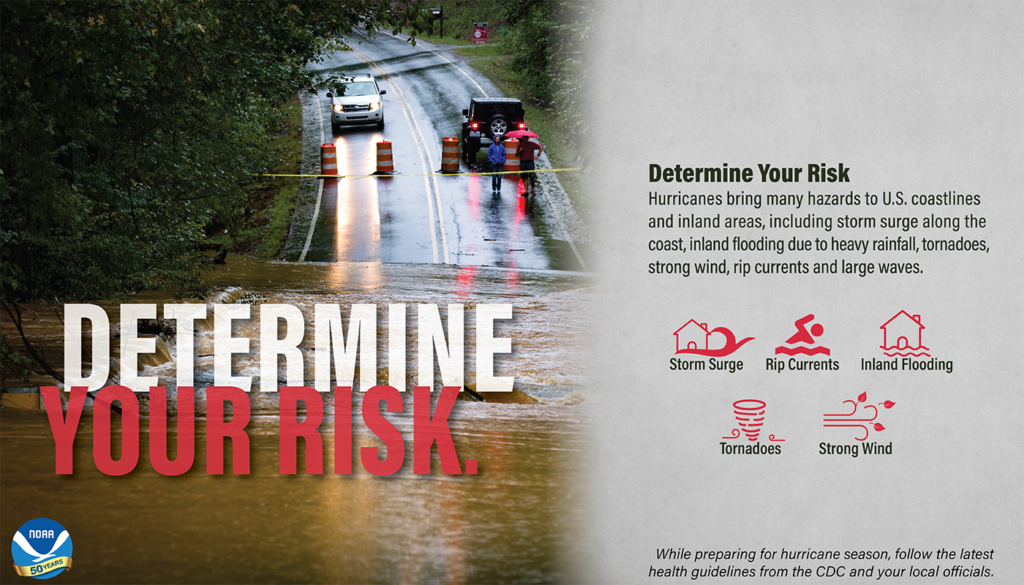
Determine your risk. Hurricanes are major storms that come with high winds, coastal flooding, inland flooding, crashing waves, and sometimes tornadoes. The location of your house will determine which of these risks you might need to consider in your plan.
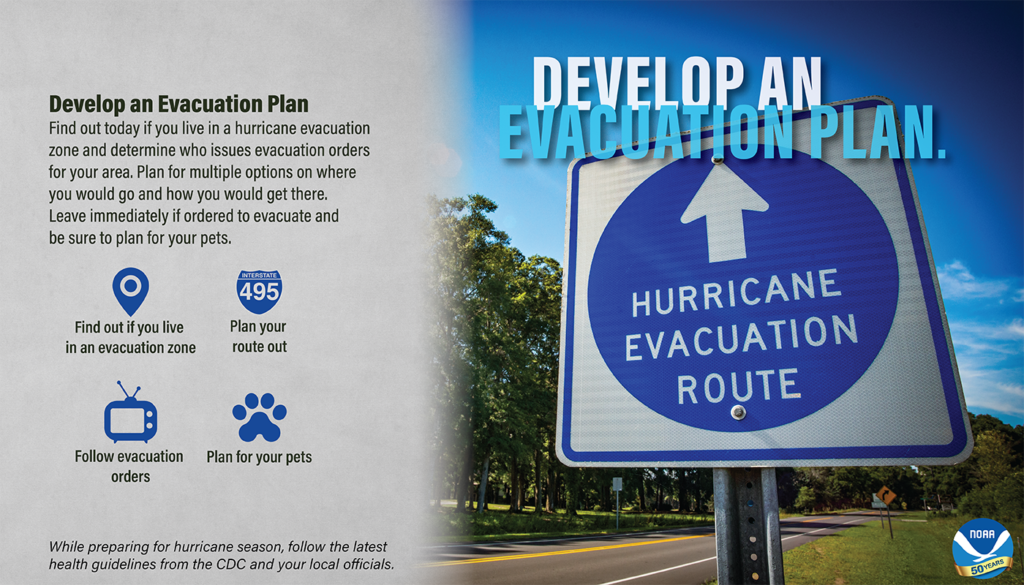
Develop an evacuation plan. Find out whether you live in an area that will require evacuation if a hurricane strikes. There are maps available to help you determine if you are or not. If you’re in an evacuation zone, make a plan of where to go and how to get there. If you’re not in an evacuation zone, you probably need to plan on sheltering in place, depending on the type of structure you live in.
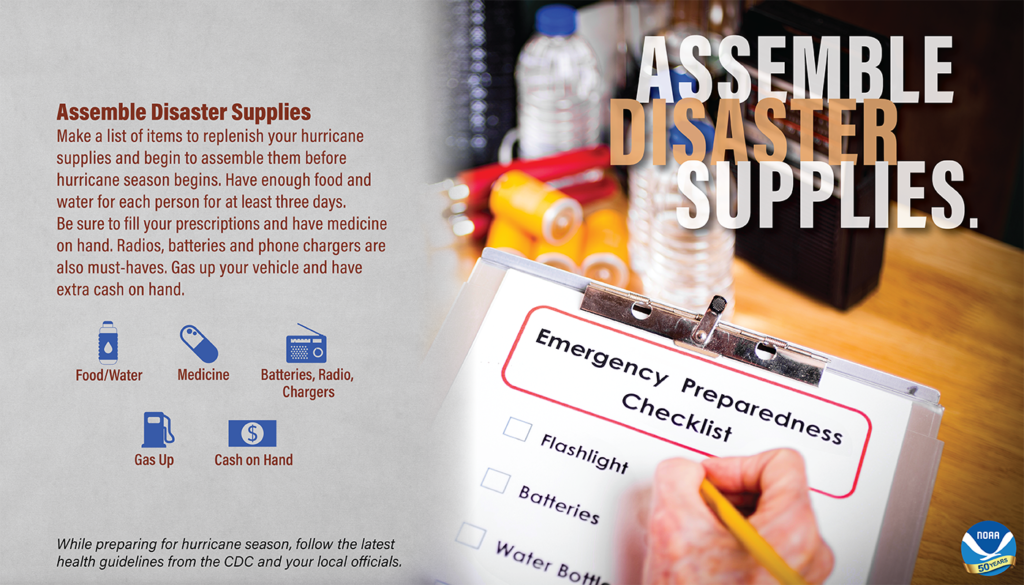
Assemble disaster supplies. Make sure you have enough nonperishable food, water and medicine to last each person in your house at least three days. You’ll need to have other items in your disaster kit, also, like extra cash, flashlights, a battery-powered radio, and pet food. FEMA and FLASH have resources available to help you assemble your kit.
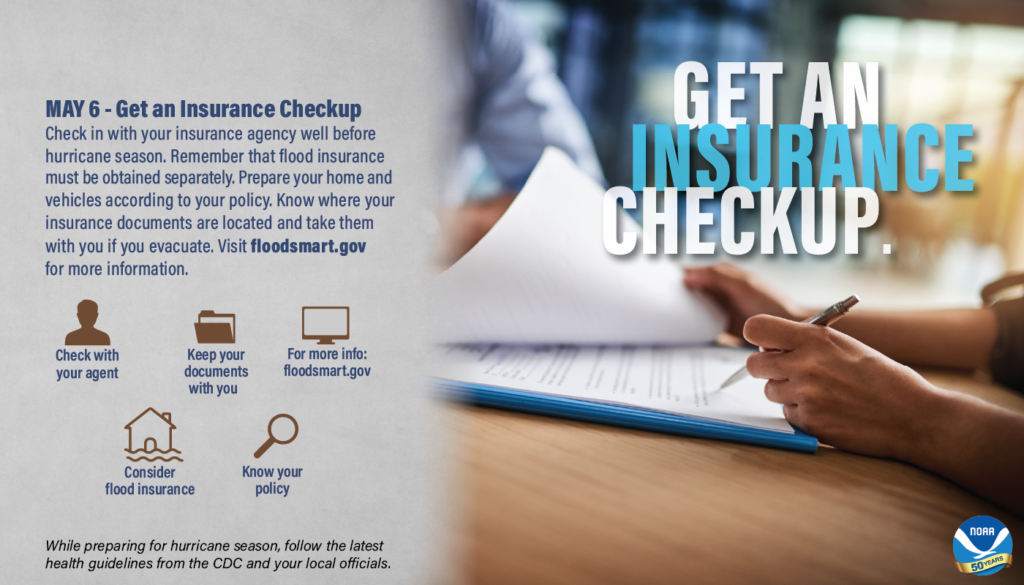
Get an insurance checkup. Know what your insurance policy covers and what it doesn’t cover. Hint: it probably doesn’t cover flood damage. Make sure the value is enough to cover replacement of your home and your valuable property. Your insurance company or agent is a good resource for this type of information.
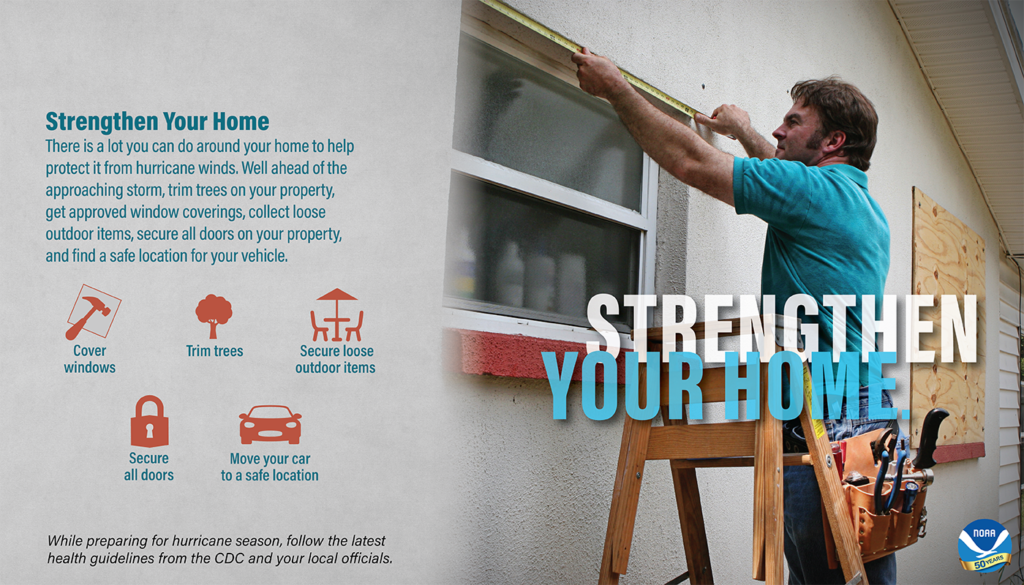
Strengthen your home. Newer homes built to modern building codes should be able to weather most storms fairly well without major damage. But there’s always room for improvement. That holds even more true for older homes. When you make repairs, look for opportunities to increase the home’s wind and flood resistance. Have material on hand to protect windows, and take a look at your garage door and look for ways to strengthen older ones, or replace it with a wind-rated door. Also, secure items in your yard that could blow into your or your neighbor’s home and cause damage. FEMA and FLASHhave ideas for ways to protect your home.
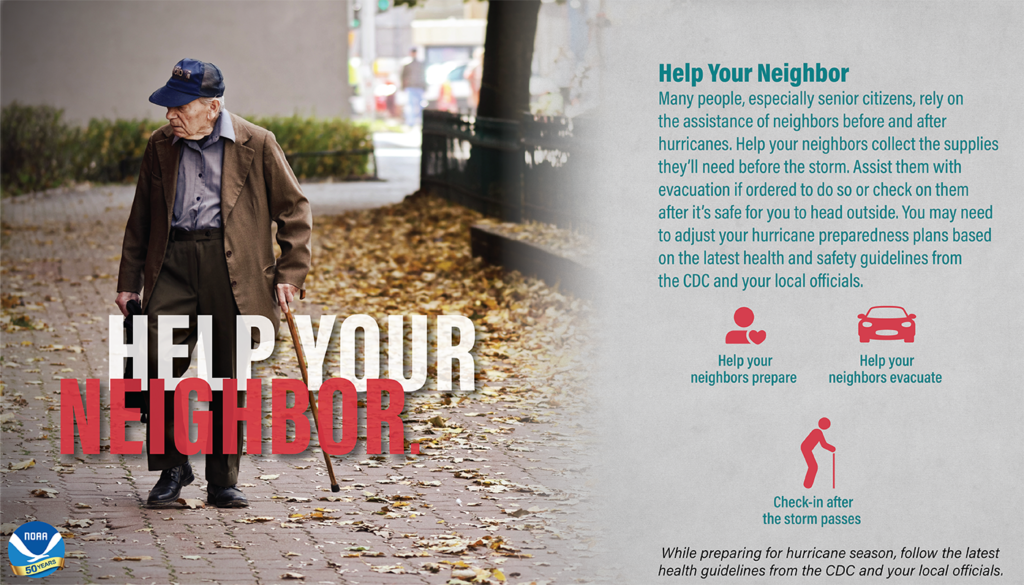
Help your neighbor. Now, more than ever, we recognize the need to help our neighbors. Some of your neighbors may not be able to make hurricane preparations on their own, or they may need help evacuating.
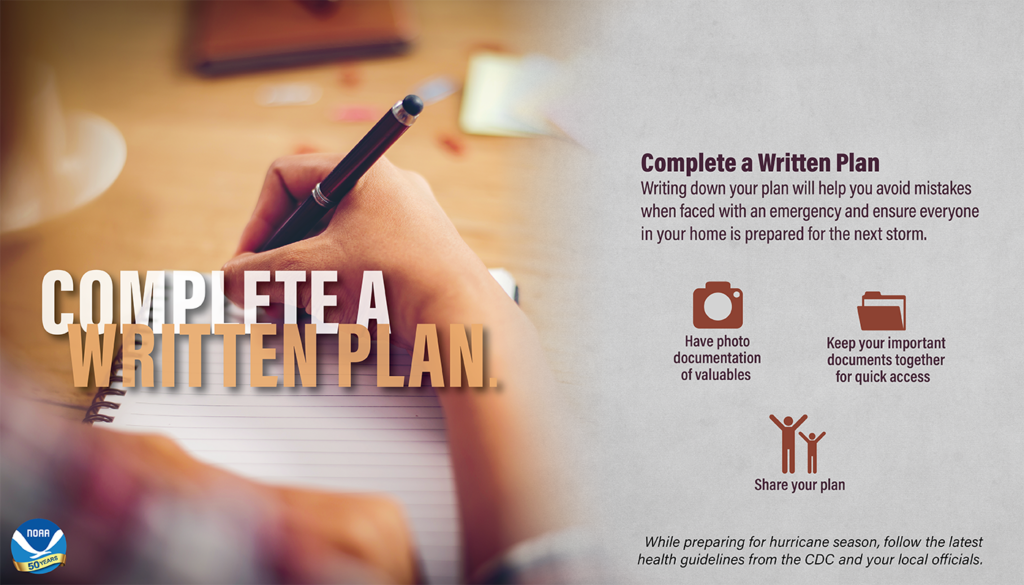
Complete a written plan. Create a plan now before the stress of a storm comes, and write it down so you have it all there when you need it. FEMA has ideas for how to make a plan.
The Weather Service has even created a set of six hurricane preparedness videos to help illustrate these points.
How to be #HurricaneStrong
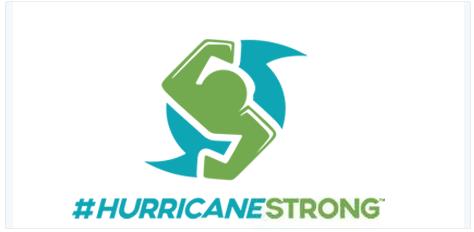
The Federal Alliance for Safe Homes has organized a national hurricane resilience initiative with the goal of saving lives and homes. It’s called the HurricaneStrong program. Similar to the National Weather Service Hurricane Preparedness recommendations, the HurricaneStrong program offers five simple steps to help you plan for hurricane season:
- Personal Safety: Know your evacuation zone.
- Family Preparedness: Build a disaster supply kit.
- Financial Security: Have an insurance checkup.
- Damage Prevention: Strengthen your home.
- Community Service: Help your neighbor.
The FLASH HurricaneStrong website has a Program Guide that contains all this information and more. FLASH has also developed a series of one- or two-page documents called HurricaneStrong Preps. They contain clear information about specific items related to hurricane preparedness: Build Your Disaster Kit; Emergency Board Up; Flooding; Insurance Checkup; Lightning; Power Outage and Generators; Sandbags; Strengthen Your Gutters; Strengthen Your Soffits; DIY Inspection; Evacuation Zones; Home Inventory; Landscaping; Outdoor Inventory; Protecting Pets; Shutter Options; and Strengthen Your Roof.
Additional Hurricane Preparedness Resources
If you live near the Atlantic or the Gulf Coast, now is the time to start preparing for hurricane season.
We think these lists and links give homeowners and other property owners a pretty comprehensive head start on what to think about when preparing for a hurricane. Here are a few others that might be helpful.
Museum of Discovery and Science Virtual Eye of the Storm
NOAA Sea Grant Homeowners Handbooks
Simpson Strong-Tie High Wind Resources
Are there any other resources regarding hurricane preparation that you’d like to share?


